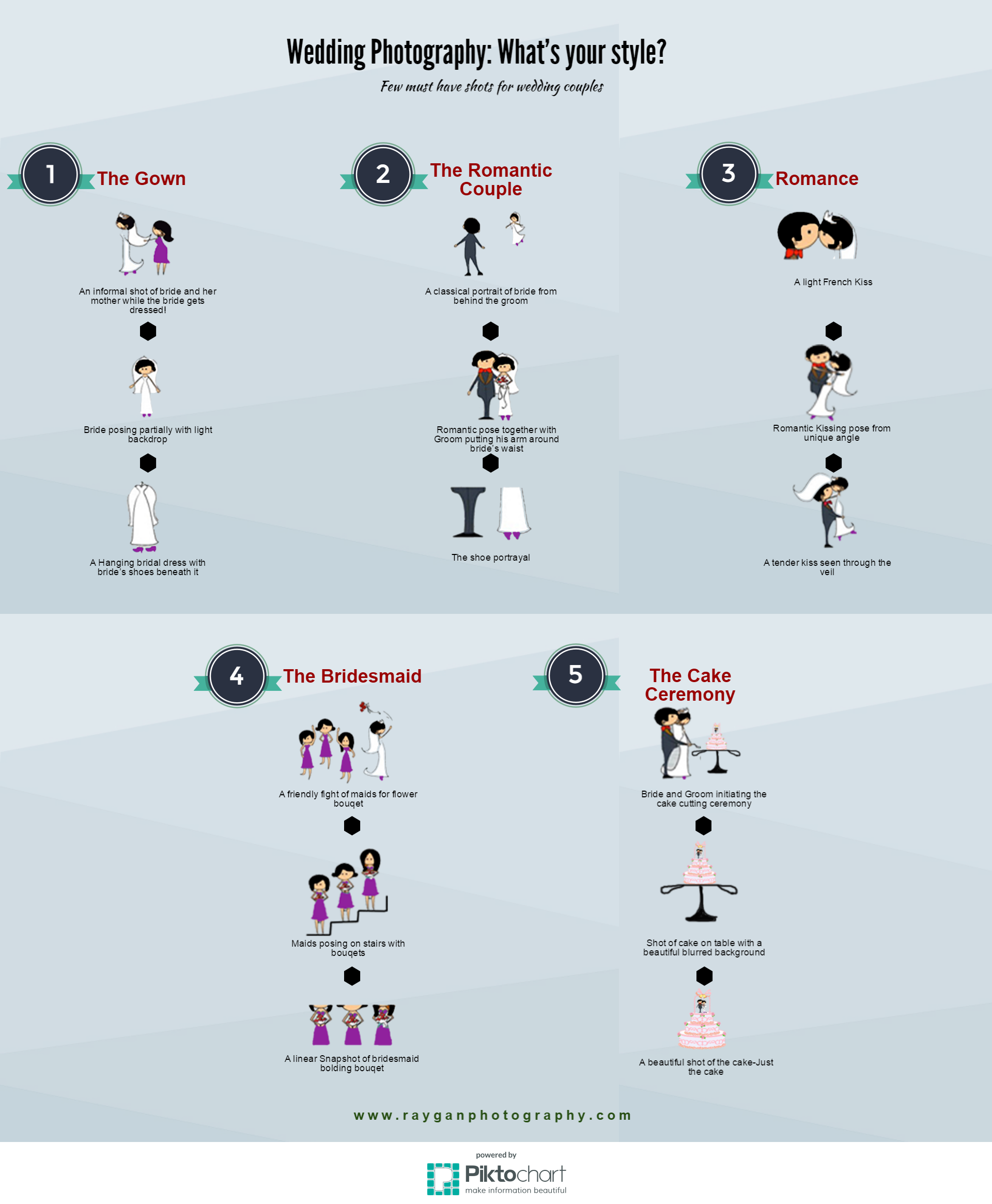Photography Tips For Beginners: Understanding Your Electronic Camera Quickly
Photography Tips For Beginners: Understanding Your Electronic Camera Quickly
Blog Article
Developed By-Tobin Elmore
When you initially get your video camera, it can really feel overwhelming with all the settings and options readily available. You could find yourself asking yourself how to browse aperture, shutter speed, and ISO properly. Grasping these principles is essential, yet there's even more to photography than simply technical knowledge. Recognizing structure techniques and illumination problems can boost your images dramatically. So, suppose you could find out simple techniques to boost your abilities and start recording outstanding images faster than you believe? Let's explore exactly how to transform your digital photography trip.
Understanding Video Camera Setups
Understanding your camera setups is essential for capturing magnificent images. When you grab your video camera, familiarize on your own with the 3 main setups: aperture, shutter rate, and ISO. Each plays an important duty in how your images end up.
Begin with aperture, which controls the amount of light going into the lens. A broader aperture (reduced f-number) allows extra light and develops an attractive history blur, excellent for pictures. Alternatively, a narrower aperture (greater f-number) maintains even more of the scene in focus, perfect for landscapes.
Next off, concentrate on shutter speed. This setup figures out the length of time your camera's sensor is exposed to light. A quick shutter rate ices up motion, which is great for activity shots, while a slow shutter speed can develop magnificent impacts like smooth water in landscapes.
Finally, change your ISO. This setting affects your camera's level of sensitivity to light. A higher ISO is useful in low-light situations yet can present noise or grain. Aim for the most affordable ISO feasible while still achieving appropriate exposure.
Structure Techniques
When you're out capturing, make-up can make all the distinction in just how your pictures reverberate with visitors. Start by utilizing https://blogfreely.net/cory112carmine/how-to-locate-your-special-style-as-a-digital-photographer of thirds; envision your frame split into nine equal sections with 2 straight and two vertical lines. Setting crucial elements along these lines or at their junctions to develop equilibrium and passion.
Next off, think about leading lines. These natural lines in your scene, like roadways or rivers, draw the visitor's eye right into the photo, leading them through the tale you're telling.
Do not forget framing; usage aspects within your scene, like trees or windows, to develop a structure around your subject, including depth and focus.
Additionally, watch on your background. A chaotic background can distract from your major topic, while an easy one helps it attract attention.
Lastly, explore symmetry and patterns; they can create a striking image that catches attention.
Learning Lighting Conditions
Understanding lights problems is important for recording magnificent photographs, as the appropriate light can change a normal scene into something extraordinary.
Beginning by observing Look At This -natural light at various times of the day. Early mornings and late afternoons offer the very best light, called the gold hour. The soft, warm tones during these times can improve your images perfectly.
Don't shy away from overcast days either; diffused light can reduce rough darkness and create a pleasing result, specifically for portraits.
Trying out backlighting by positioning your topic against the light source. This technique can create a dreamy halo result and add depth to your photos.
Focus on your cam setups also. Readjust the ISO, aperture, and shutter speed to suit the illumination problems. Executive headshot photographer can aid in low light, yet beware of grain.
Make use of a tripod in darker atmospheres to stay clear of blur.
Finally, do not fail to remember man-made lighting. Flash and constant lights can be excellent tools for managing light in challenging problems.
Final thought
To conclude, grasping your video camera does not need to be frustrating. By recognizing your setups, applying structure strategies, and taking advantage of the power of natural light, you'll rapidly boost your digital photography abilities. Remember, practice makes best, so go out there and experiment with your newfound knowledge. With time and devotion, you'll be capturing spectacular images that mirror your one-of-a-kind viewpoint. Appreciate the journey, and don't fail to remember to enjoy while you're at it!
